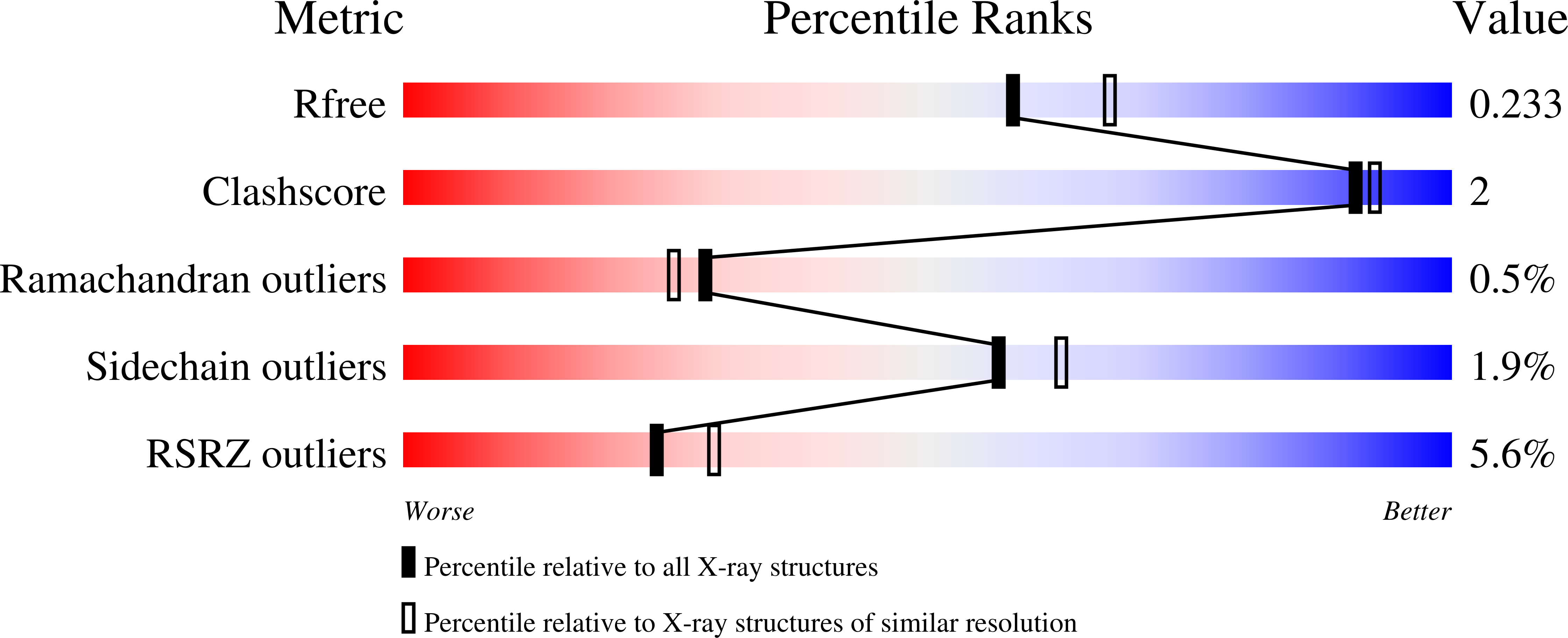Inhibiting amyloid-beta cytotoxicity through its interaction with the cell surface receptor LilrB2 by structure-based design.
Cao, Q., Shin, W.S., Chan, H., Vuong, C.K., Dubois, B., Li, B., Murray, K.A., Sawaya, M.R., Feigon, J., Black, D.L., Eisenberg, D.S., Jiang, L.(2018) Nat Chem 10: 1213-1221
- PubMed: 30297750
- DOI: https://doi.org/10.1038/s41557-018-0147-z
- Primary Citation of Related Structures:
6BCS - PubMed Abstract:
Inhibiting the interaction between amyloid-β (Aβ) and a neuronal cell surface receptor, LilrB2, has been suggested as a potential route for treating Alzheimer's disease. Supporting this approach, Alzheimer's-like symptoms are reduced in mouse models following genetic depletion of the LilrB2 homologue. In its pathogenic, oligomeric state, Aβ binds to LilrB2, triggering a pathway to synaptic loss. Here we identify the LilrB2 binding moieties of Aβ ( 16 KLVFFA 21 ) and identify its binding site on LilrB2 from a crystal structure of LilrB2 immunoglobulin domains D1D2 complexed to small molecules that mimic phenylalanine residues. In this structure, we observed two pockets that can accommodate the phenylalanine side chains of KLVFFA. These pockets were confirmed to be 16 KLVFFA 21 binding sites by mutagenesis. Rosetta docking revealed a plausible geometry for the Aβ-LilrB2 complex and assisted with the structure-guided selection of small molecule inhibitors. These molecules inhibit Aβ-LilrB2 interactions in vitro and on the cell surface and reduce Aβ cytotoxicity, which suggests these inhibitors are potential therapeutic leads against Alzheimer's disease.
Organizational Affiliation:
Departments of Chemistry and Biochemistry and Biological Chemistry, UCLA-DOE Institute and Howard Hughes Medical Institute, UCLA, Los Angeles, CA, USA.





















